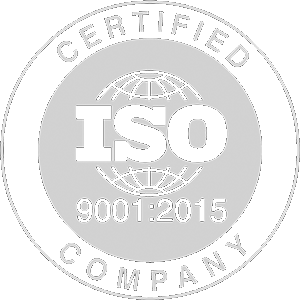In the semiconductor industry, where precision and purity are paramount, PTFE for semiconductor manufacturing stands out as a critical material. Its exceptional chemical resistance, thermal stability, and inertness make it indispensable for wafer fabrication and chip production processes. PTFE can endure harsh chemical exposures, temperature extremes, and the rigorous cleaning cycles typical of semiconductor manufacturing without losing integrity.
PTFE’s non-stick surface minimizes particle contamination, and its low outgassing qualities support the ultra-clean environments necessary in Class 1 cleanrooms. Its ability to maintain structural stability during repeated thermal cycling is vital for processes such as chemical vapor deposition (CVD), plasma etching, and wet chemical treatments.
From fluid transfer systems to sealing solutions and wafer handling, PTFE consistently delivers reliability and performance in the highly demanding semiconductor fabrication landscape.
- Lightweight Strength: Combines low weight with high durability, ideal for aircraft and satellite components.
- Nonflammable & Thermally Stable: Maintains structure and safety under extreme temperature fluctuations.
- Low Outgassing: Minimizes volatile emissions, critical for space and vacuum environments.
- EMI Shielding Support: Compatible with advanced coatings to reduce electromagnetic interference.
Benefits
-
Electrical Insulation: PTFE is widely used to insulate wires, cables, and connectors in aerospace systems, withstanding high voltages and extreme temperature variations.
-
Aircraft Interiors: Used in non-stick applications like cooking surfaces in aircraft galleys due to its easy-clean and chemical-resistant properties.
-
Anti-Icing Coatings: PTFE coatings applied to aircraft surfaces help prevent ice buildup, enhancing safety and performance in cold climates.
-
Bearings and Bushings: PTFE’s low friction and wear resistance make it perfect for bearings and bushings in landing gear and control mechanisms.
-
Heat Shields: PTFE materials are employed in heat shielding applications, particularly for spacecraft reentry protection, thanks to their high-temperature resistance.
-
Lining Materials: Pipes and containers that transport harsh chemicals such as rocket fuel benefit from PTFE linings due to their chemical corrosion resistance.
-
Lubrication: PTFE-based lubricants reduce friction and wear in moving aerospace components, extending service life.
-
Radar Absorbing Materials: Specialized PTFE composites contribute to radar stealth technology by reducing radar signatures on military aircraft.
-
Seals and Gaskets: PTFE’s low friction and chemical stability make it ideal for seals and gaskets used in engines and fuel systems.
-
Space Applications: PTFE is widely employed in thermal insulation, sealing, and specialized components in spacecraft due to its low outgassing and durability.
-
Films and Tapes: PTFE films and tapes serve anti-corrosion and anti-chafe roles in aerospace assemblies.
-
Thermal Insulation Fabrics: PTFE-coated fiberglass fabrics provide durable thermal protection in aircraft components exposed to high heat.
- Enhanced Flight Safety: Contributes to reliable, long-lasting performance under harsh aerospace conditions.
- Mission-Critical Reliability: Performs consistently in both defense systems and commercial aircraft.
- Weight Reduction: Supports fuel efficiency and improved payload capacity.
- Resistance to Harsh Chemicals: Withstands exposure to jet fuels, hydraulic fluids, and solvents.
PTFE materials play a critical role in semiconductor production, ensuring the cleanliness and precision required for advanced electronics.
